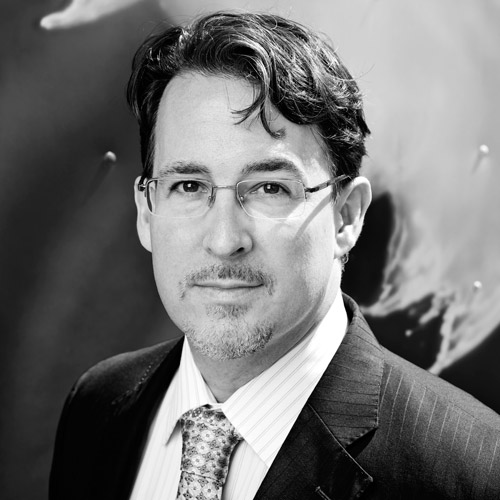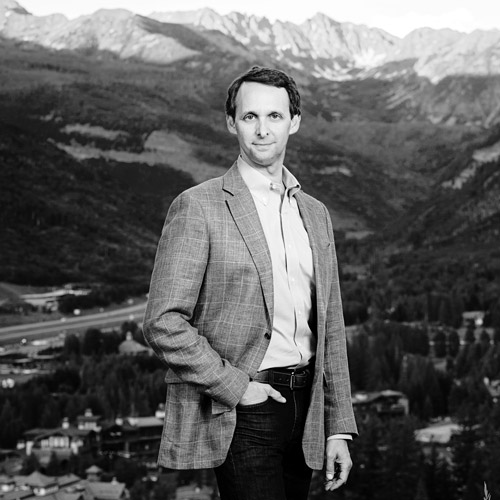On the surface, it would appear that the topic of women in the workplace is finally having its moment. Famous female actresses including Robin Wright and Patricia Arquette have spotlighted the Hollywood wage gap. Books such as Lean In by Sheryl Sandberg or All the Single Ladies by Rebecca Traister are being read and hotly debated. Yet it was as late as last year that women first earned the same amount on average as men did a full decade ago, according to the World Economic Forum’s 2015 Global Gender Gap Report. Talent strategists like Mara Swan know there is still a lot of work to be done.
Although women make up more than 50 percent of the global workforce, less than 25 percent hold senior leadership roles, and Swan views this finding as a major mismatch of resources and skills. That’s why she’s taking steps to transform inclusive workforce practices as executive vice president of global strategy and talent at ManpowerGroup, a global human resources consulting firm based in Milwaukee, Wisconsin.
Swan’s position at ManpowerGroup revolves around finding the perfect fit between employer and employee. In the past few years, she has played a large role in crafting the company’s business strategy and talent development. This, in part, has meant analyzing how to make workplaces more inclusive for women. “What I’m most passionate about is how you get the best culture and performance out of all people,” Swan says. “Women are the most underutilized resources worldwide.”
Swan knows that finding the perfect fit in a career can take time. She began her own path in human resources through a graduate program in industrial relations at the University of Minnesota. Then in 1983, she began working for the Miller Brewing Company, where for the next eleven years at Miller she would hold a number of different HR-related roles, from working in labor relations to acting as director of human resources.
“Growing and broadening your skill sets is one of the most important things to me,” Swan says. She says having a broad set of skills allows her to take on a wider portfolio of work. The key, according to Swan, is finding that balance between developing a broad skill set, while at the same time deepening skills in certain areas.
In 1994, she began working for Coors Brewing Company, and after a few years, Swan became the chief people officer. Working at Coors signaled a shift in her career trajectory, Swan says, because she was forced to shift her leadership style from a pure management role into more of a problem-solving mind-set.
Swan’s diverse experience in the HR field was put to good use when she came to ManpowerGroup in 2005 as senior vice president of global human resources. In 2009, she took on her current role as executive vice president. ManpowerGroup is a Fortune 500 company that serves 400,000 clients—large and small—worldwide. Throughout her career, a focus on getting results has driven Swan, and when she thinks about her role, she first thinks about how to move the company forward. “You want to focus on what drives value for the company,” she says. “When you get results, you get opportunity.”
Today, her job encompasses human resources, marketing and communications, innovation, thought leadership, finance, and legal, as well as global brand lead for Right Management. One day, she might be on a 6 a.m. global call with a third-party technology company seeking to collaborate, and another day she may spend time working with ManpowerGroup’s CEO Jonas Prising on business strategy before heading to a Boys & Girls Club dinner in the evening. “If there was a typical day, I wouldn’t want the job,” she says.
Currently, Swan says the company is looking at its strategic planning process in order to advance its ultimate goal of getting people access to more meaningful careers. In particular, Swan and ManpowerGroup are interested in a few key subject areas such as technology, millennials, and gender parity.
Specifically, ManpowerGroup is looking at how to address the shift of work to the digital world. For example, how should companies best utilize technology to drive innovation? How do executives build up company culture and resources in order to support the successful integration of new technology?
Part of the technology question involves looking at the upcoming generation of digital natives: millennials. ManpowerGroup’s “Millennial Careers: 2020 Vision” report, which looks at millennials in the workplace and what they seek in a career, came out in late May of last year. “People have always been interested in finding meaning in work, but how people define that has changed,” Swan says.
But perhaps one of the topics Swan is most passionate about is promoting gender parity and developing women leaders in business. Swan credits her time working in the male-dominated brewing industry with giving her a firsthand perspective on the different gaps of women in the workplace. Swan also acts as the vice chair of the World Economic Forum Global Agenda Council on Gender Parity and often speaks at the World Economic Forum in Davos-Klosters, Switzerland.
Through a report titled “7 Steps to Conscious Inclusion,” developed by ManpowerGroup, Swan says she found that many women in the workplace are asking for resources that will help them survive rather than thrive. Instead, she says one way women can move forward in their careers is by going outside of their comfort zones. “The mantra you have to be thinking about is, lean into discomfort so you can grow,” she says.
Of course, gender parity can only be achieved when everyone chips in. The report also found that a company could achieve better inclusion by changing company culture, often starting with leadership by the CEO.
Swan advises women early in their careers to take a few basic steps. First, formally assess one’s own strengths and skills; then learn your business and figure out how to best get results; broaden and deepen your skill set; and finally, don’t be afraid to take on a job that pushes you. With these steps, more women may move beyond survival mode to elevate the workforce as a whole.

